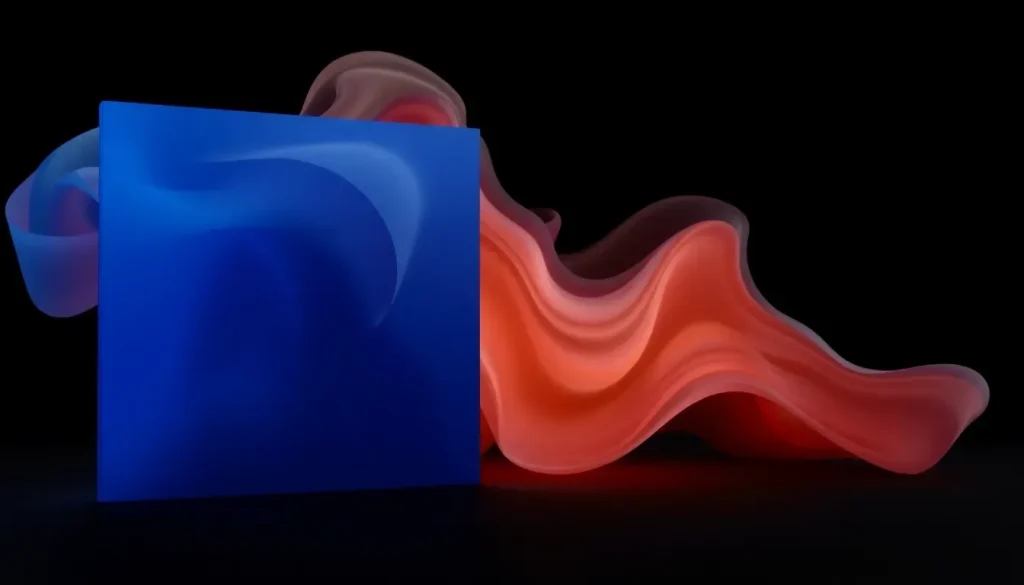Microsoft releases Windows 11 2025 update with new features

Microsoft has just unveiled its latest update for Windows 11, the 2025 edition. Each year, the tech giant rolls out a new version of its operating system, packed with enhancements and fixes for existing issues. This year’s release, known as Windows 11 25H2, primarily focuses on two critical areas: artificial intelligence (AI) and security.
According to a blog post from Microsoft, Windows 11 25H2 marks the fall update for the desktop operating system. Similar to its predecessors, this rollout is optional and is available only for users who have activated the setting to receive updates as soon as they are released. Microsoft is cautious with these updates, recognizing that they often come with bugs or performance issues, hence the gradual approach.
One of the most striking features of Windows 11 25H2 is the lack of significant new features. Compared to the previous version, 24H2, this year's edition does not introduce any major changes for end users. Users will not find new applications, native support for other file types, or adjustments in familiar sections of the operating system, such as the Start menu or the taskbar.
What new features does the latest Windows 11 update include?
In Windows 11 25H2, we can expect enhancements in vulnerability detection, both at compile time and runtime. Additionally, the update incorporates AI for secure programming, alongside strict adherence to the secure development lifecycle (SDL). Microsoft designed this version to proactively address and mitigate future security threats.
Moreover, the new update removes several legacy applications and components. As previously reported, Windows 11 has officially phased out PowerShell 2.0, a classic component that replaced the command prompt in Windows 7. This removal was anticipated since the arrival of Windows 10, but Microsoft chose to wait until now to eliminate it from the OS, along with the Windows Management Instrumentation Command-line (WMIC).
Besides these adjustments, the update also offers compatibility with Wi-Fi 7 and the ability to uninstall pre-installed Microsoft apps on enterprise devices. However, the most noteworthy change in Windows 11 25H2 lies in its delivery model. This update is distributed as an eKB enablement package, a technology that allows users to transition from one version to another with just a restart.
This optimization of Windows installations is not a new concept. Microsoft has been experimenting for years with technologies aimed at minimizing excessive restarts during annual version updates. For Windows 11 25H2, the eKB package shares the same codebase as version 24H2, enabling a quick installation process akin to that of a monthly update.
How to install Windows 11 25H2
Windows 11 25H2 will be available starting today through a controlled rollout. To access the update, users need to enable the "Get the latest updates as soon as they are available" option in Windows Update within the Settings menu of Windows 11.
However, Microsoft does not guarantee installation on all computers, as it may pause deployment if it detects compatibility issues with applications or drivers. This feature aims to help prevent the failures that often accompany updates, although it does not ensure a bug-free experience.
If you prefer to wait, you will be able to install Windows 11 25H2 starting on October 14, 2025, through Windows Update. It's worth noting that if you do not have version 24H2 installed, your device will require a complete reinstallation.
Future of Windows: What's next for Windows 12?
As Microsoft continues to evolve its operating systems, there's growing anticipation regarding the next major release, potentially Windows 12. While details are scarce, industry experts speculate that this future version may focus heavily on integrating AI more profoundly into user experiences and enhancing overall system efficiency.
- Enhanced user interface with customizable elements
- Deepened integration of AI for personalized user experiences
- Greater focus on cloud services and cross-platform functionality
- Improved security measures tailored for an increasingly digital world
- Streamlined update processes to minimize user disruptions
Understanding the various versions of Windows 11
Windows 11 comes in several versions, each tailored to meet different user needs. Here’s a brief overview:
| Version | Target Users | Key Features |
|---|---|---|
| Windows 11 Home | General consumers | Basic features, suitable for everyday use |
| Windows 11 Pro | Small businesses and power users | Advanced features like BitLocker encryption and remote desktop |
| Windows 11 Enterprise | Large organizations | Enhanced security and management features for enterprises |
| Windows 11 Education | Educational institutions | Features suited for students and educators |
Understanding the differences can help users select the most appropriate version for their needs, ensuring a better computing experience.
What happens if I don’t upgrade to Windows 11?
If you choose not to upgrade to Windows 11, you may miss out on several crucial updates, including:
- Improved security features to protect against new threats
- Access to the latest applications and functionalities
- Better system performance and efficiency
- Support for new hardware technologies
- Compatibility with the latest software standards
Not upgrading might also mean increased vulnerability to cybersecurity risks, as older versions may not receive ongoing security patches.
For those interested in a visual overview of the latest features and changes in Windows 11 25H2, check out the following video:




Leave a Reply